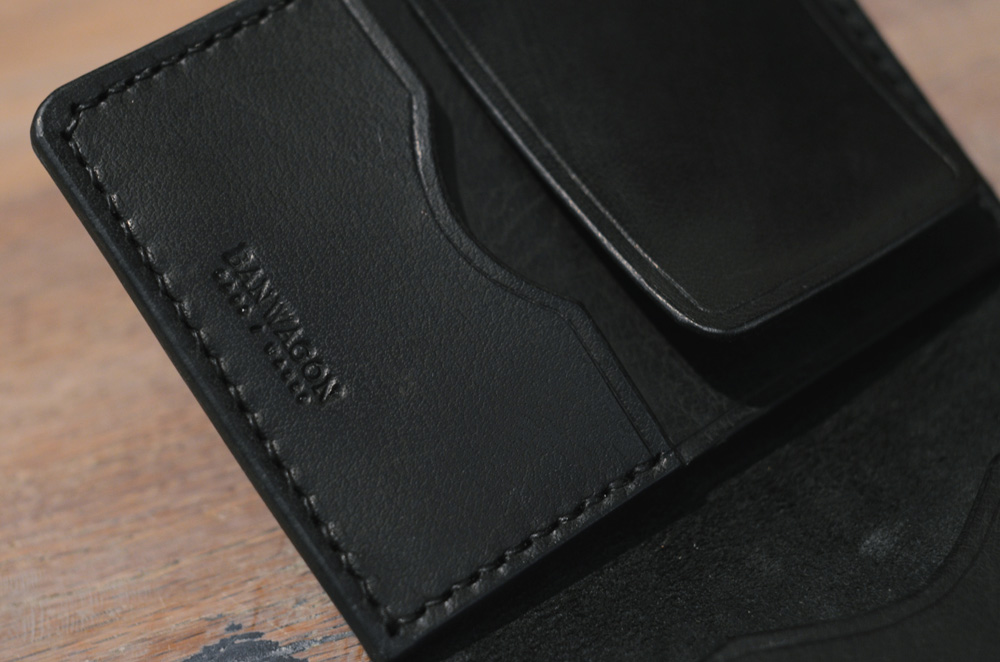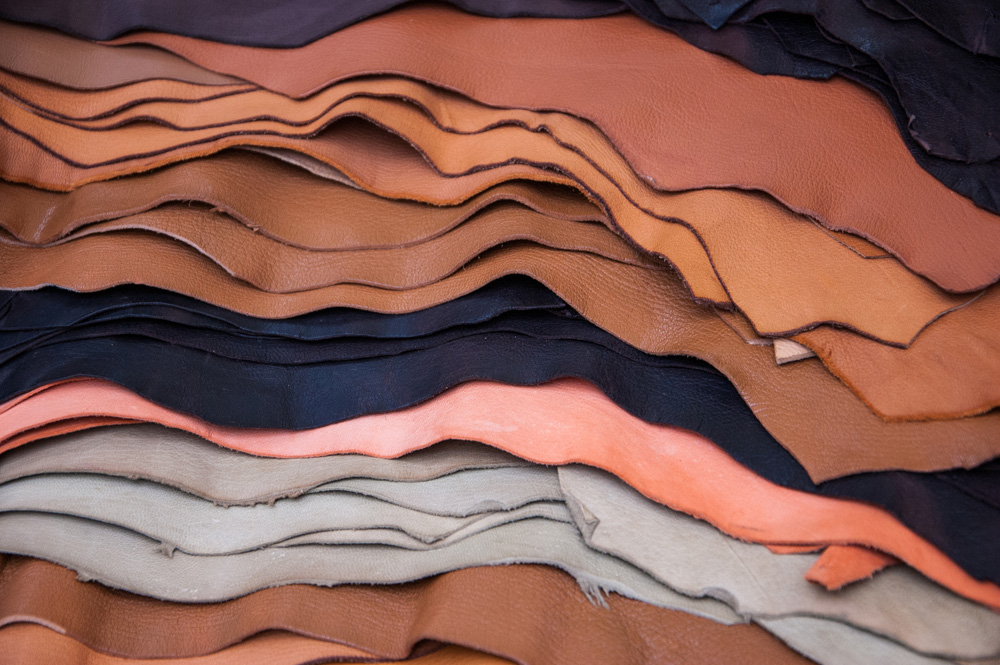Sign up for trending news and first dibs
A Beginner’s Guide to Leather
Did you know that not all leathers are created equal? Let this guide give you a better understanding of what the material is, its varying grades and more.

Leather products are diverse, as you can see from these at 310 Woodland (read our interview with its owner here).
Leather products have been a staple in the fashion industry for decades, with the material enjoying widespread appeal across people of all ages and styles. Whether it’s a spanking new wallet, bag or jacket, owning such a product goes a long way in making a fashion statement. But just how well do you know your leather? We go beneath the surface and take you through its different grades, identifying good leather and caring for it.
What is Leather?
Leather is essentially animal skin (or hide) that has undergone the tanning process to achieve a desired finish. Common animal skin that’s used includes cows, pigs, ostriches, snakes and even crocodiles. Cowhide is most common in the market and we’ll focus on that for this article.
What’s really cool about the material is that it doesn’t necessarily have to be brown in color. Dyeing it allows a whole range of colors and shades to be produced – burgundy, navy blue, olive green – you name it.
It’s important to note that animal skin actually has multiple layers. The topmost, visible layer is known as the epidermis, followed by the grain, then the corium and lastly the animal flesh. A process known as liming removes the epidermis and flesh, leaving the remaining layers (grain and corium) for use. An understanding of these layers is important and we’ll tell you why in the next page.
Grades of Leather

A cross section of cowhide to give you a better idea of how full-grain and top-grain leathers are obtained. (Image credits: vanderburghhumidors.com)
Leather comes in different grades, and as such, different prices. Most of the time consumers look out for a stamp on the product that says “Genuine Leather”, but this doesn’t say much about the type or quality of leather used. Here’s a list of the common grades:
Full-grain: This is the best type of leather you can find, and refers to animal hide that has been left intact without any sanding or buffing done to touch up the top layer. This means that there might be imperfections on the leather, brought about from scars and bites the cow encountered during its lifespan. But that’s acceptable and adds character to the leather. Full-grain leather also ages well and will develop a patina over time.
Top-grain: Essentially full-grain but with part of the grain layer sanded and finished, as well as underlying split layer removed, top-grain leather is second-best and does not age as well. Companies who want their products to have good appearance but at a cheaper cost usually turn to this grade of leather.
Corrected-grain: This grade sees an artificial grain applied to the surface. The cowhide does not meet the standards to be deemed full-grain or top-grain, and as such an artificial grain is impressed into the surface, before being dyed.
Split: The underlying layer of the cowhide is removed and used to create split leather. Depending on the thickness of the underlying layer, many splits can be created. Split leather has a rough appearance and is usually used to make suede.
Apart from those listed, there are many types of artificial leather usually made from plastics and other synthetic materials. These are usually found in low-end brands or counterfeit products. Needless to say, artificial leather is of inferior quality, doesn’t have the texture as top quality leather and will never age beautifully nor stand up to prolonged wear and use.
Identifying Good Leather

Not a stitch out of place; Banwagon‘s attention to quality and detail are evident (we even featured its founders here).
To the layman, it’s almost impossible to ascertain the kind of leather used on a product using merely sight, smell and feel. It’s also not possible to examine the cross-section of the leather, the exception perhaps being leather belts. The best way really is to research the brand’s reputation and attention to quality, as brands that use full-grain leather are very likely to include that in their product description.
Another factor to consider is the price of such a product. Full-grain leather doesn’t come cheap, so take heed of brands that claim to be selling top quality leather products at an absurdly low price. The assumption that only high-end, luxury brands carry good leather products doesn’t hold true these days. There are up-and-coming brands that source for good quality leather and create handmade leather products using artisanal techniques. We think these brands deserve full support and we hope consumers feel that way too.
Caring for Leather

Brands like Red Wing offer several leather care products for their products.
The best way to care for your leather products is to use them regularly! Leather is a very hardy material and can last for years, aging beautifully in the process. It doesn’t stretch much and retains its shape pretty well too. Brands that take pride in their leather products will usually have specific care instructions for users to follow. Some even offer after-sales maintenance where you just have to bring the product back for them to restore the suppleness – an added bonus.
Usually, leather products only require an application of specific leather care products like leather conditioner, cleaner or mink oil to moisturize the material. Do not use any other type of soap or harsh chemicals; they will only ruin the product! It’s good practice to prevent leather from having contact with water, or worst, sweat. Damp leather will take on an altered shape when dried, and sweat breaks down the molecules in leather, leading to a dull, faded appearance and poor finish.
In Conclusion

Big or small, leather products are a definitive way to amp up your style.
With the knowledge obtained from this guide, we know you will be better equipped during your next leather product purchase. Enjoy the years of service and compliments that only an excellent leather product can bring!
TAGS
Tags:








